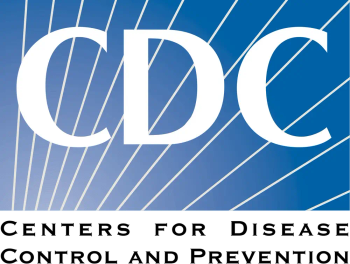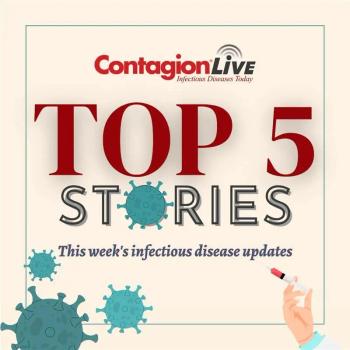
IDSA Rolls Out New Guidelines for HIV Care
HIV care has made leaps and bounds over the past few years. New guidance for primary care physicians addresses these changes and acknowledges the diversity and complexity of individuals with HIV.
Advances in HIV care, along with new complexities about who contracts the disease and issues specific to these patient populations, have spurred the HIV Medicine Association (HIVMA) of the Infectious Diseases Society of America (IDSA) to issue new guidelines for primary care practitioners. The new guidelines supplant the previous guidelines, which were released in 2013.
The recent guidelines emphasize the need for a comprehensive, sensitive, patient-centered approach to HIV care that acknowledges the complexities involved and the barriers faced by many people with HIV. “[The guidelines] discuss initial care, as well as ongoing care, and reflect preventive health care, comorbidity care, as well as the course of HIV throughout the life cycle of the person with HIV,” said Michael Horberg, MD, MAS, FACP, FIDSA, director of HIV/AIDS program-wide for Kaiser Permanente in Washington, DC and an author of the new guidelines, told Contagion®.
HIV specialists are increasingly functioning as primary care physicians for their patients, according to Horberg, although they may retain their role as specialists depending on the healthcare systems in which they practice and what their patients prefer. The COVID-19 pandemic has put particular stress on infectious disease clinicians, who no longer have the time to devote to people with HIV. Because of this, many aspects of HIV care are now being performed by primary care physicians--meaning these revised guidelines are particularly timely.
One section of the new guidelines is on the treatment of people with HIV who have
Children and adolescents get a new focus in the updated guidelines. According to the guidelines, children who were infected with HIV in utero are now likely to be in their teens or early adulthood. Along with the typical stresses of these years, youth with HIV are grappling with the demands of the condition and the emotional burdens it bestows. Careful attention to mental health, potential substance issues, risk-reduction behavior and proper dosing of ART by a multidisciplinary team can help these young patients transition to adulthood as easily as possible.
Another addition is information on care for
The HIVMA team is particularly proud of the inclusion of care for transgender patients in the updated guidelines, Horberg said, highlighting the fact that potential interactions between HIV drugs and the hormone medications upon which many transgender people rely make such attention necessary.
The considerations of
Newsletter
Stay ahead of emerging infectious disease threats with expert insights and breaking research. Subscribe now to get updates delivered straight to your inbox.

















































































































































































































































































